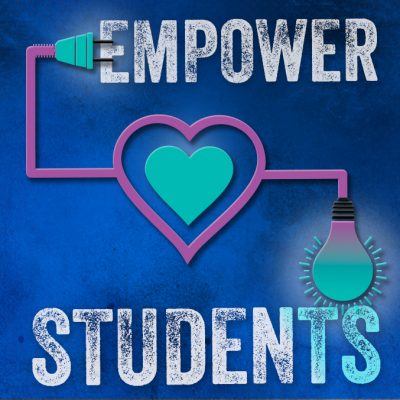Just Breathe: Teach Your Students Belly Breathing for Self-Regulation and Well-Being

Children who are good at regulating their emotions feel better about themselves and have more successful friendships.
– Centervention

INTRO
Managing your feelings requires the ability to respond to strong emotions in an appropriate way. Children who are good at regulating their emotions feel better about themselves, and have more successful friendships. In this belly breathing for kids activity, students will learn a new strategy for how to remain calm during stressful situations.
OBJECTIVES
- Create a brave space where students are comfortable expressing themselves and their feelings and can self-regulate as needed
- Facilitate student discussion about strong feelings and how they manage them
- Teach and practice belly breathing with students and discuss how they feel afterwards
- Students will apply a strategy to manage big emotions
RESOURCES
- ACTIVITY GUIDE: Belly Breathing for Kids
- Includes a video for guided practice/sessions in the classroom
ACTIVITY
![]() Pre-Discussion:
Pre-Discussion:
Begin by asking the group to think of a situation that made them feel a very strong emotion. Use the following questions to guide the discussion:
- How does it feel to have a big emotion?
- What do you usually do in these situations?
Tell the group that you have a trick about breathing that a lot of people don’t know: even though we use our lungs to breathe, we can use our bellies for a special kind of breathing to help us calm down. This technique is called Belly Breathing.
![]() Mini Game Directions:
Mini Game Directions:
Demonstrate the difference between regular breathing and belly breathing. Ask the students to place one hand on their chest and one on their belly, and then breathe normally. Point out how the hand on the belly stays in place while the hand on the chest moves up and down.
![]()
With their hands still on their chest and belly, ask students to take a deep breath through their nose so that the hand on the chest does NOT move but the hand on the belly does. Explain that when our hands move like this, we know we are taking deep, relaxing belly breaths.
Use the guided breathing video at the bottom of this activity page.
![]()
Once students get the hang of doing belly breathing, ask them to inhale through their nose slowly to a count of five and then exhale slowly through their mouth to a count of five. Ask them to take five breaths this way and notice how they feel.
![]()
Pair students with a partner, and give each pair a small toy or object. One child should lie down on the floor and let the other place the toy on his belly. He should then start taking belly breaths while the student who is not lying down counts to five and watches the toy move up and down.
![]()
After repeating this count to five a few times, the child who is lying down should remove the toy, close his eyes, and continue to take belly breaths. The student who is counting out loud should observe to see that the other child’s belly is still moving up and down. After a few repetitions the partners should switch roles.
![]() Post-Discussion:
Post-Discussion:
Once both partners have practiced and observed, bring the group back together and discuss the following questions:
- What did you notice when you practiced your belly breathing with the toy and without the toy on your belly?
- What did you notice when you were observing your partner?
- How does belly breathing make you feel while you are practicing it? How do you feel when you are done belly breathing?
- How can practicing belly breathing help you manage your feelings?
TIPS
- Little Things are simple activities you can do tomorrow, or within the next week.
- Interested in similar activities?
- Check out Centervention, and their full resource page with 75 Social Emotional Learning Activities for elementary and middle school students.











Responses